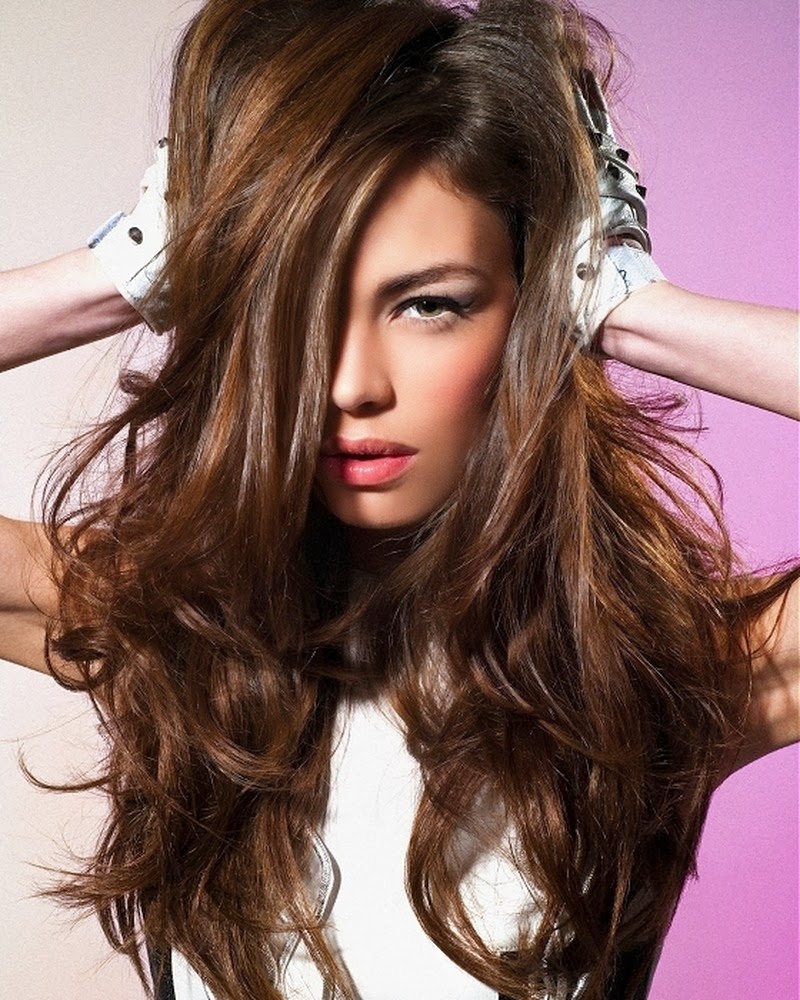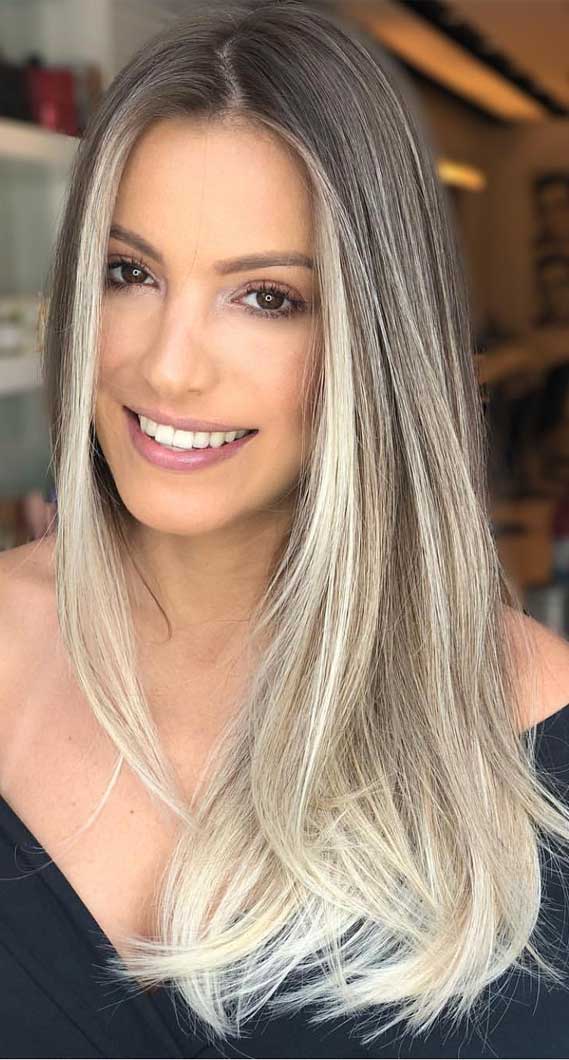
#Hair dye colors skin
There are many skin tones out there with many ways to categorize them. We’ll cover in the next section how both skin tone and undertones dictate your most complementary colors. Your skin tone and undertone can help you decide what shade to choose. If you’re most interested in dyeing your hair a natural color, dig up some old photos to get some childhood inspiration. Your hair color as a kid is normally the richest since it still has lots of collagen and other proteins.
.jpg)
Your childhood hair color can also help you decide what colors look natural on you. You’ll need to gradually work your way to that hair color to get it right without damaging your hair in the process. If you’re starting with jet black hair, you won’t get to platinum blonde hair in one sitting. Your current hair color dictates what shades are achievable for your next hair color. Strand tests can also help you see what the final result will look like, if you’re allergic to the dye, and if you need to make any adjustments. If you’re concerned about your hair health, you can ask for a strand test to double-check your hair’s strength. Be prepared to share your hair history with your colorist so they can make the best recommendation for you. And yes, that box dye job you did in college counts. Previous processing and coloring can also impact your hair’s ability to take in color. Damaged hair is more at risk to get damaged after coloring, especially if you aren’t great with maintenance. In addition to your hair type, the level of damage, past hair coloring, and past chemical processing also impact your potential colors. They can take a look at your hair and walk you through the steps to get to your desired color. That’s where it pays off to see a hair colorist or to at least go in for a consultation. This means hair color can fade quickly and end up looking uneven if it’s not properly applied. Porosity, on the other hand, refers to how well your hair absorbs and retains moisture.įor example, high porosity hair can quickly absorb moisture but isn’t great at retaining it. Thicker hair generally takes longer to dye. Your hair’s porosity and thickness can also determine how well your hair can take in color. In this case, we’re speaking beyond your curl pattern. Your hair texture can determine how well your hair can take in color. Figure out these details about yourself before you even think about picking a new hair color.

Whether you’re booking an appointment with a hair colorist or you’re planning to color your hair at home, you should take all of the same factors into consideration.

What should I know before I decide on a hair color? Any information you submit through StyleSeat’s “What Color Should I Dye My Hair?” quiz is subject to StyleSeat’s Privacy Policy available here.


 0 kommentar(er)
0 kommentar(er)
